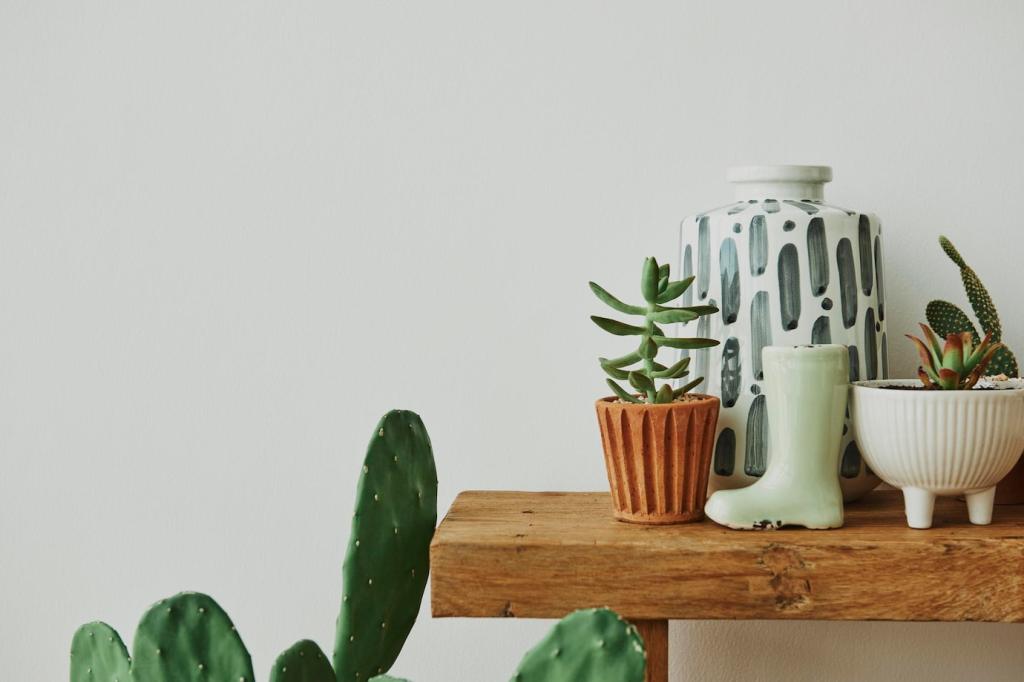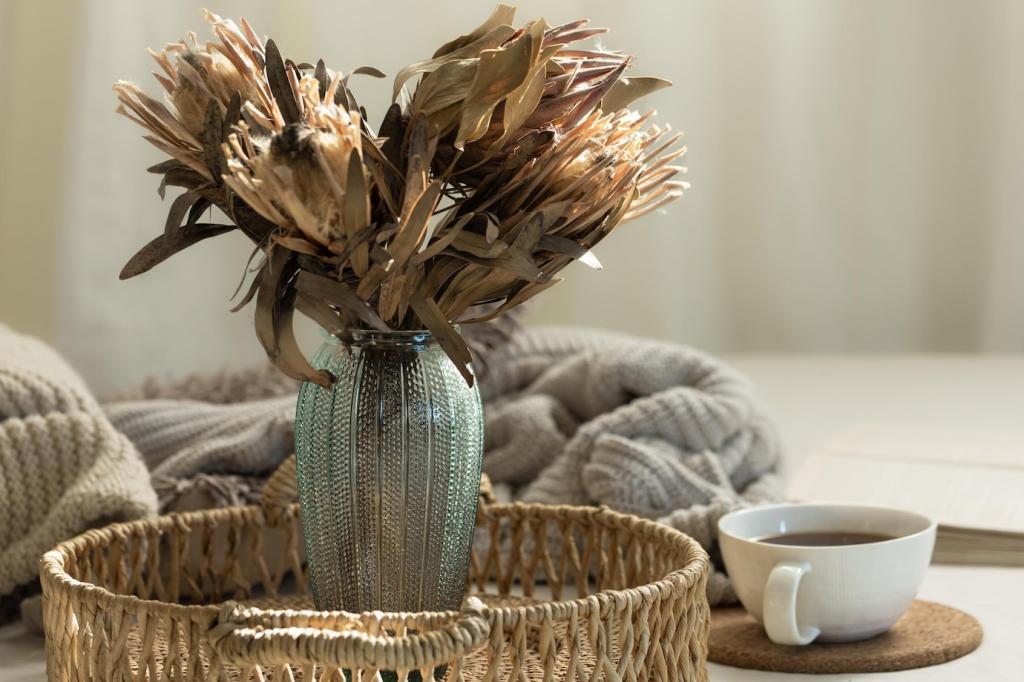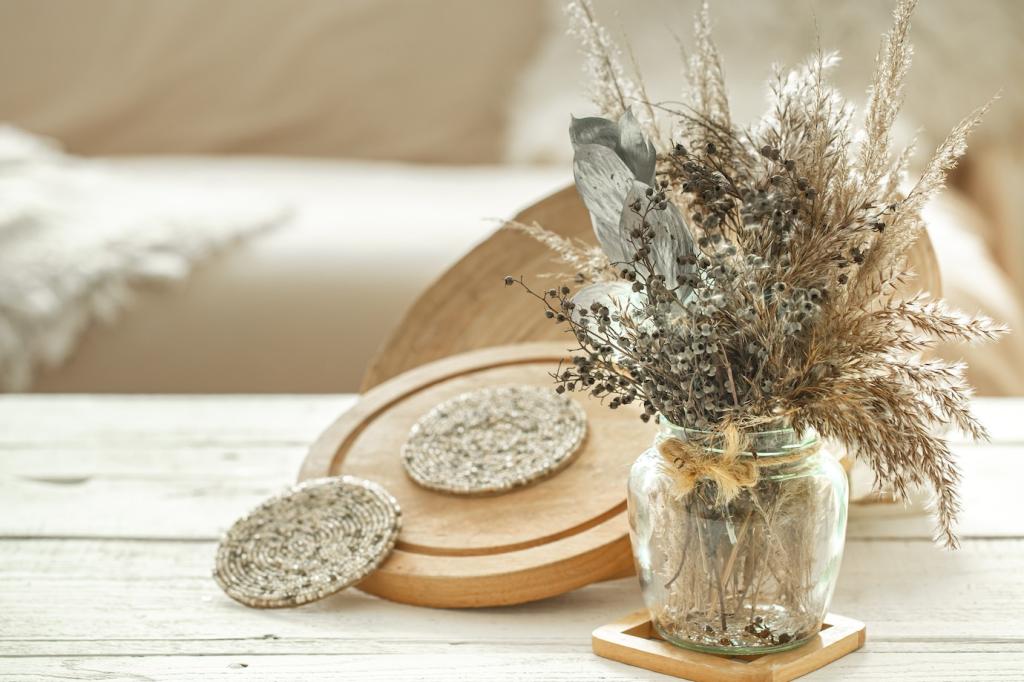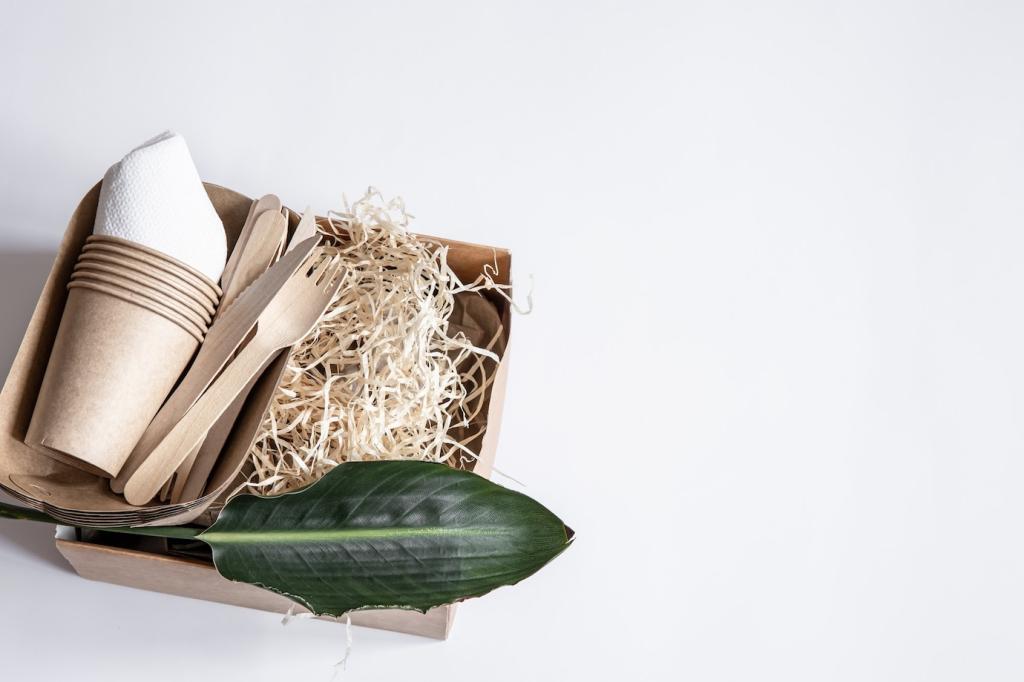Insulation and Thermal Comfort, Sustainably
Wool is naturally hygroscopic, buffering indoor humidity, while dense-pack cellulose from recycled paper excels at sound control. Both can be treated with borate for fire and pest resistance. Ask your installer about recycled content percentages and end-of-life recyclability.
Insulation and Thermal Comfort, Sustainably
Hemp lime infill and clay plasters add thermal mass and delightful texture. They regulate moisture, feel cool to the touch, and radiate warmth visually. In a small cottage renovation, clay walls turned afternoon glare into a soft, espresso-toned glow.
Insulation and Thermal Comfort, Sustainably
Translucent panels with recycled content, light shelves, and low-iron glass amplify daylight so you can use fewer fixtures. Pair with natural finishes that diffuse glare. Share your daylighting wins, and we’ll compile reader tips into a practical, room-by-room guide.





